
Internet is a pool of knowledge that keeps us updated with every new happening around the globe and beyond.
At times, we come across astounding pictures, articles and new findings that amaze us thoroughly.
But, everything you see there on the Internet is not always true. Sometimes one may just get pebbles instead of pearls of wisdom.
Here goes the list of 5 unbelievable hoaxes, which found their way to ‘reliability'
1. Indian woman delivers 11 babies at one time
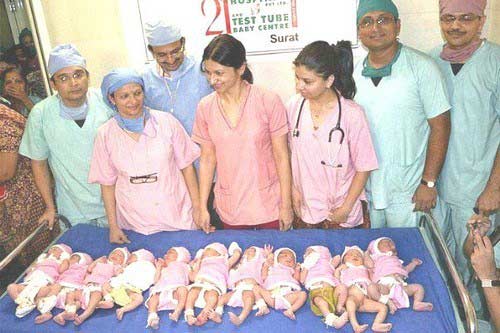
Hoax: This picture of 11 new born babies lying side by side accompanied by hospital staff was circulated few days ago on the internet. It came with the message that a woman gave birth to all of them at single time.
Reality: In reality, the photograph shows 11 kids born to different mothers on 11.11.11 at the 21st Century Hospital & Test Tube Baby Center in Surat, India.
2. Rape festival in Assam
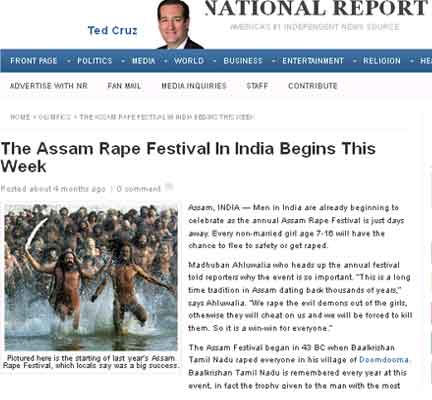
Hoax: This unbelievable article regarding annual celebration of a ‘Rape Festival' in Assam went viral on social media. It shook us and everyone to core, and natives from all over the globe slammed Assam for organizing such a festival.
Reality: The so-called US based "satirical" website NationalReport.net had published this fake article. It had no connection with reality.
3. Kukure contains plastic
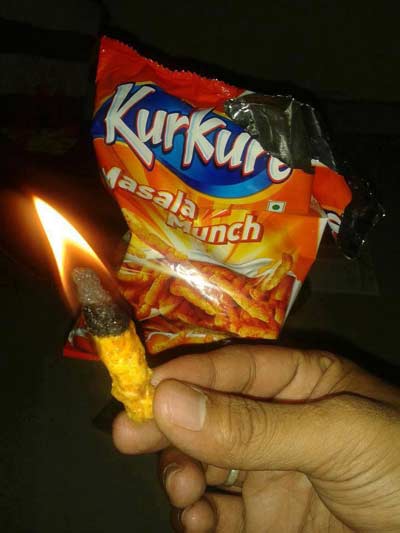
Hoax: The rumor about this popular Indian snack was that that on burning Kurkure, one can see plastic melting. Internet was flooded with this message and image of a burning Kurkure.
Reality: As per brand officials, Kurkure is made of edible ingredients such as cornmeal, spices and it melts on burning because of the carbohydrate content. The plastic-like substance is dried starch, which is not unhealthy at all.
4. Satellite image of India on Diwali
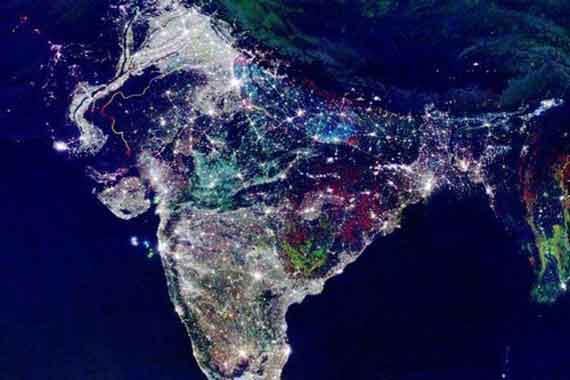
Hoax: This beautiful satellite image of India on Diwali night, taken by NASA from space, made the countrymen astonished. People shared it in large numbers to show off to the world how beautiful the country looks, all lit up and bright.
Reality: NASA officials confirmed that the image was collected by VIIRS to show the change in night illumination during the period of 1992-2003. It was originally developed to illustrate the growth in population in the country.
5. ‘Jan Gan Man' declared best national anthem by UNESCO
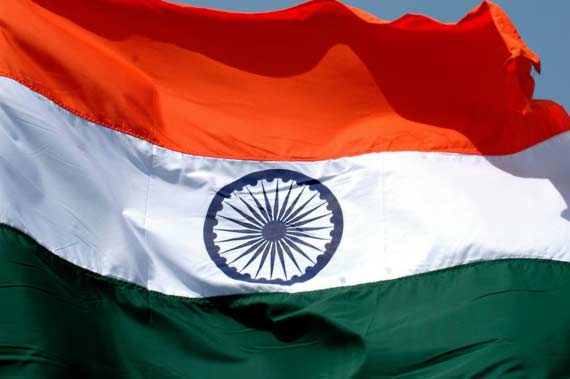
Hoax: The message claiming our national anthem Jan Gan Man selected as the best in the world by UNESCO went viral on social networks, blogs and emails.
Reality: A media house wrote to UNESCO to get clarification on these stories. UNESCO sent a confirmation message claiming that these messages were nothing more than a hoax.


















